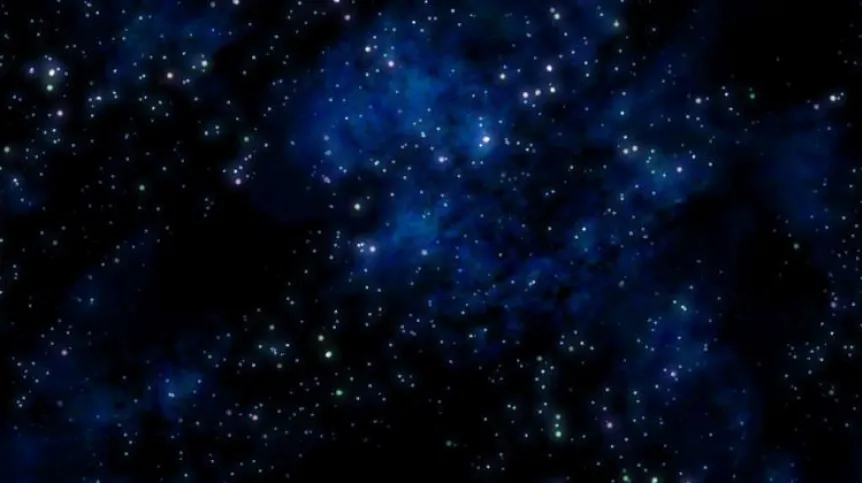
An international team of astronomers has found four new rogue planets.
The free-floating planets that don’t orbit a star were discovered using the Kepler Space Telescope which monitored a crowded field of millions of stars near the centre of the Milky Way every 30 minutes for two months to find rare gravitational microlensing events.
The research project involving Dr. Radosław Poleski from the Astronomical Observatory of the University of Warsaw, was based on data collected in 2016 by the Kepler satellite as part of an observation campaign aimed at detecting microlenses.
Free-floating planetary-mass objects (FFPs), are among the most mysterious astronomical objects. They traverse the Milky Way alone, not orbiting any star, which makes them very difficult to detect. The best method of detecting them is gravitational microlensing, resulting from Albert Einstein's General Theory of Relativity.
According to the theory, the phenomenon of microlensing occurs when the light from a background star can be temporarily magnified by the presence of other stars in the foreground called a lens. The mass of the lens curves the space around it, which causes the light rays to bend, and as a result, the source brightens. If the lens is a star, brightening lasts from a few to about a hundred days, and if the lens is a planet - several hours to several days.
Given their rarity, only one in about a million stars causes microlensing,in order to detect as many microlensing phenomena as possible, it is necessary to continuously monitor a large number of stars, for example dense stellar fields.
In the Kepler data, the scientists found 22 short microlensing phenomena, which were also detected by the OGLE and KMTNet ground-based telescopes, as well as an additional four very short phenomena that were most likely caused by free-floating planets.
The OGLE group from the Astronomical Observatory of the University of Warsaw, under the supervision of Professor Andrzej Udalski, has been studying the gravitational microlensing phenomena for nearly 30 years, using the telescope at the Las Campanas Observatory in Chile. Terrestrial observations of short microlensing phenomena are difficult due to the inability to conduct them during the day and the influence of the weather. These limitations do not affect observations made by satellite telescopes such as the Kepler.
But, because the he Kepler satellite was not designed to detect microlensing planets or observe dense regions of stars Dr. Radosław Poleski is now involved in the planning of microlensed observations that will be carried out by the Nancy Grace Roman Space Telescope, built by the National Aeronautics and Space Administration (NASA).
He said: “This telescope will be a breakthrough in the study of free planets as it will allow us to detect objects with much smaller masses than is possible now.
“I hope that besides the Roman Telescope, the observations will be carried out by the ESA Euclid satellite. The joint observation capabilities of these two telescopes will allow us to measure the masses of many free-floating planets. It would lead to a better understanding of the properties of these unusual objects.”
The discovery was published in the journal Monthly Notices of the Royal Astronomical Society (https://doi.org/10.1093/mnras/stab1377)
PAP - Science in Poland
ekr/ kap/
tr. RL













